protecting wood and still natural looking?
beckerster
15 years ago
Related Stories
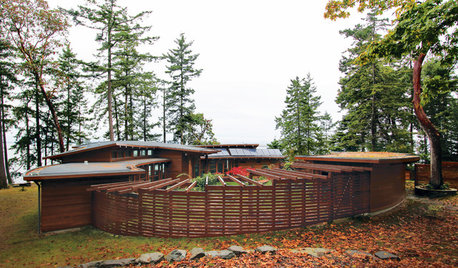
FENCES AND GATESA Deer Fence Can Be Decorative as Well as Protective
You need a monster-size fence to shelter your garden from deer, but it doesn’t have to look like a monstrosity
Full Story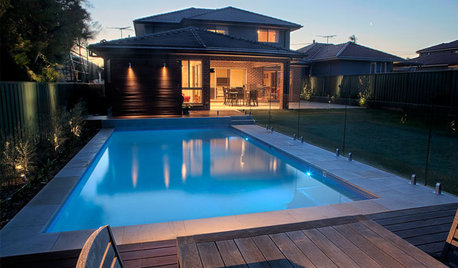
GARDENING AND LANDSCAPINGPlan for Summer: Protect Your Family With a Safe Pool
Fencing, presence detectors and non-slip materials help keep your pool area accident-free
Full Story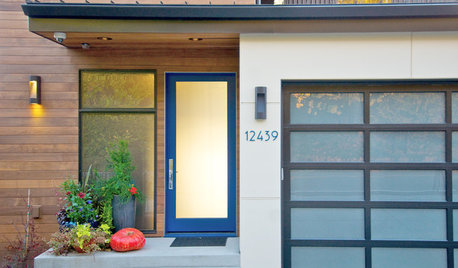
ENTRYWAYSGlass Doors That Welcome — and Protect Your Privacy Too
These front-door designs let in the light but keep your air-guitar performances safely in-house
Full Story
HOUSEKEEPINGProtect Your House From Winter Water Damage
Avoid costly repairs by learning to spot potential problem areas before water damage is done
Full Story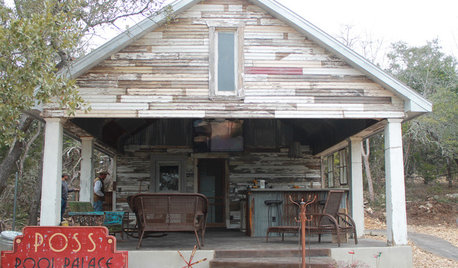
POOL HOUSESNew Pool House Comes by Its Weathered Look Naturally
The Texas Hill Country structure is made from materials salvaged from a dilapidated sharecropper's house and an old barn
Full Story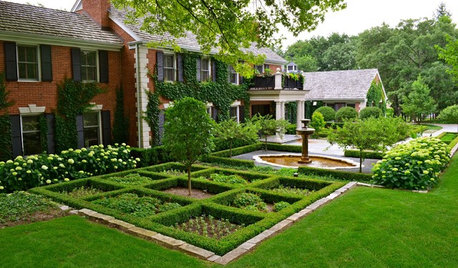
GARDENING GUIDESBoxwood: Still Shape-Shifting After 350 Years
Wild or mild, the humble boxwood still brings style and order to all kinds of gardens
Full Story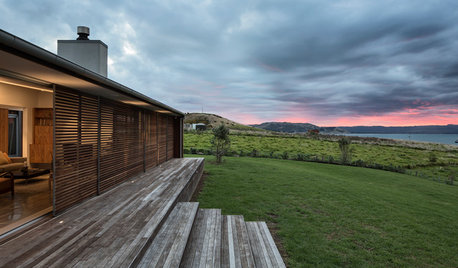
HOMES AROUND THE WORLDHouzz Tour: A Wood-Clad Home That’s at One With Nature
An award-winning New Zealand vacation home keeps a low profile in its secluded coastal locale
Full Story
LANDSCAPE DESIGNSmall Garden? You Can Still Do Bamboo
Forget luck. Having bamboo that thrives on a wee plot just takes planning, picking the right variety, and keeping runners in check
Full Story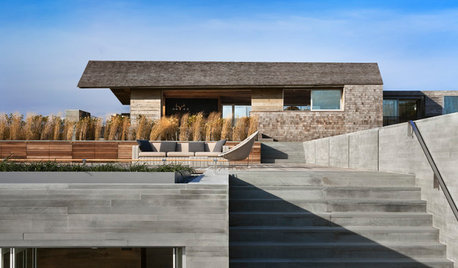
MATERIALSDesign Workshop: Natural Wood Siding Minus the Maintenance
No need to worry about upkeep when you choose wood that embraces weathering
Full StoryMore Discussions






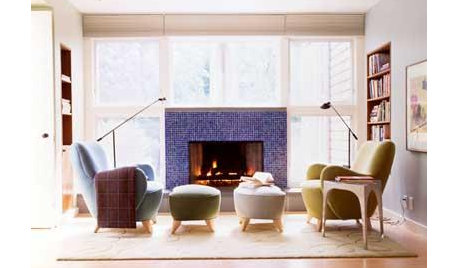




sombreuil_mongrel
User
Related Professionals
Country Club Cabinets & Cabinetry · Brookfield Carpenters · Windsor Carpenters · Dublin Flooring Contractors · Ft Washington Flooring Contractors · Gainesville Flooring Contractors · Hazleton Flooring Contractors · Kansas City Flooring Contractors · La Mesa Flooring Contractors · Lady Lake Flooring Contractors · Southlake Flooring Contractors · Troy Flooring Contractors · Mesa Furniture & Accessories · Santa Barbara Furniture & Accessories · Fargo Furniture & Accessoriessombreuil_mongrel